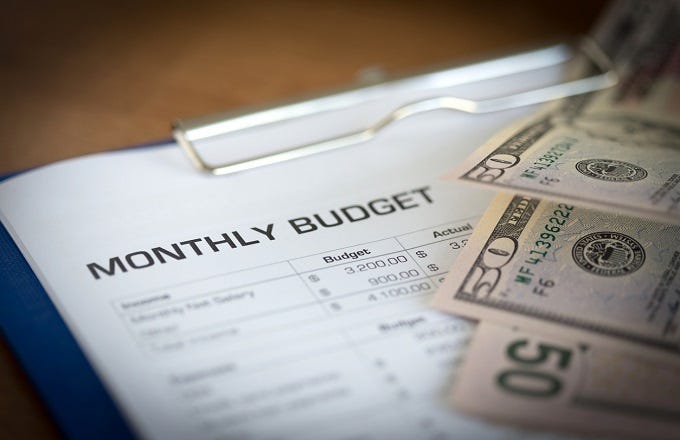What if you're by yourself on a rural road without phone reception and you get a flat tire? When you can't call roadside assistance, knowing how to change a tire is a safety skill.
In an age of standardized testing, students are spending more time learning how to fill in a circle with a pencil and less time learning skills that might help them get by — and get ahead — in life.
Here are Eight courses we wish more schools would add to their curriculum:
In an age of standardized testing, students are spending more time learning how to fill in a circle with a pencil and less time learning skills that might help them get by — and get ahead — in life.
Here are Eight courses we wish more schools would add to their curriculum:
1. First aid.
Along with CPR, students should learn other lifesaving skills such as the Heimlich maneuver as well as first aid basics like identifying an allergic reaction, making a splint, preventing infection and bandaging a wound.

2. Home repair.
It's amazing how many tasks there are to do around a house or an apartment. While most of us know how to unclog a toilet or hang a picture on the wall, far fewer of us can fix a drippy sink, change an air conditioner filter or hang a (level) set of shelves.

3. Budgeting.
Studies show that the vast majority of people lack the basic financial skills necessary to make important decisions when it comes to their own wallets. So why aren't these skills emphasized in schools? From the first lessons in addition and subtraction to more complex math lessons in percentages and algebraic equations, wouldn't it be nice if word problems focused on real-life skills such as balancing a checkbook or creating a budget rather than whether or not a train leaving Point A ever meets up with a train from Point B?

4. Car repair.
Even if we're not the drivers, most of us spend a good deal of time in cars each week, so it's important to know skills such as how to jump-start a dead battery, how to check the air pressure in your tires and how to change a flat. Bonus points for classes that go over "simple" skills that many students are ashamed to admit they're unsure about, like pumping gas and checking the oil level.
Roughly 4,000 people die every year from accidental drowning. Most of those victims are under the age of 14. According to the Centers for Disease Control and Prevention, for every child who dies from drowning, five more are treated in emergency departments for incidents related to drowning. Teaching kids to swim at a young age would go a long way toward minimizing these numbers. Kids who learn to swim possess a useful and potentially lifesaving skill that will be with them forever
When most people think about self-defense classes they think about learning tricks to break boards with their fists or karate chop their opponent in the side. But self-defense is about teaching kids how to protect themselves: how to prevent bullying, how to identify dangers on the street and how to react in an emergency. Self-defense classes help build confidence by teaching kids they have the power to keep themselves safe.


7. Cooking.
Cooking can be so intimidating to those who have never tried it. But ramen noodles, PB&J and pizza delivery can only get you so far in life. A few generations ago, home economics classes that included cooking and sewing were standard in most schools. But the problem was, they were only offered to girls (while boys took classes in shop and woodworking). Let's bring back home ec for all students so kids can learn how to make nutritious, homemade food for themselves.
Taxes are an annoying but unavoidable fact of life. And Uncle Sam doesn't care if you don't know what you're doing, he just wants his forms submitted along with — if applicable — the appropriate payment every year. If you think kids are too young to learn about filing taxes, you haven't met these Georgia high schoolers who not only learn how to submit their own taxes, they also volunteer to prepare income taxes for low-income residents in their community.



No comments:
Post a Comment